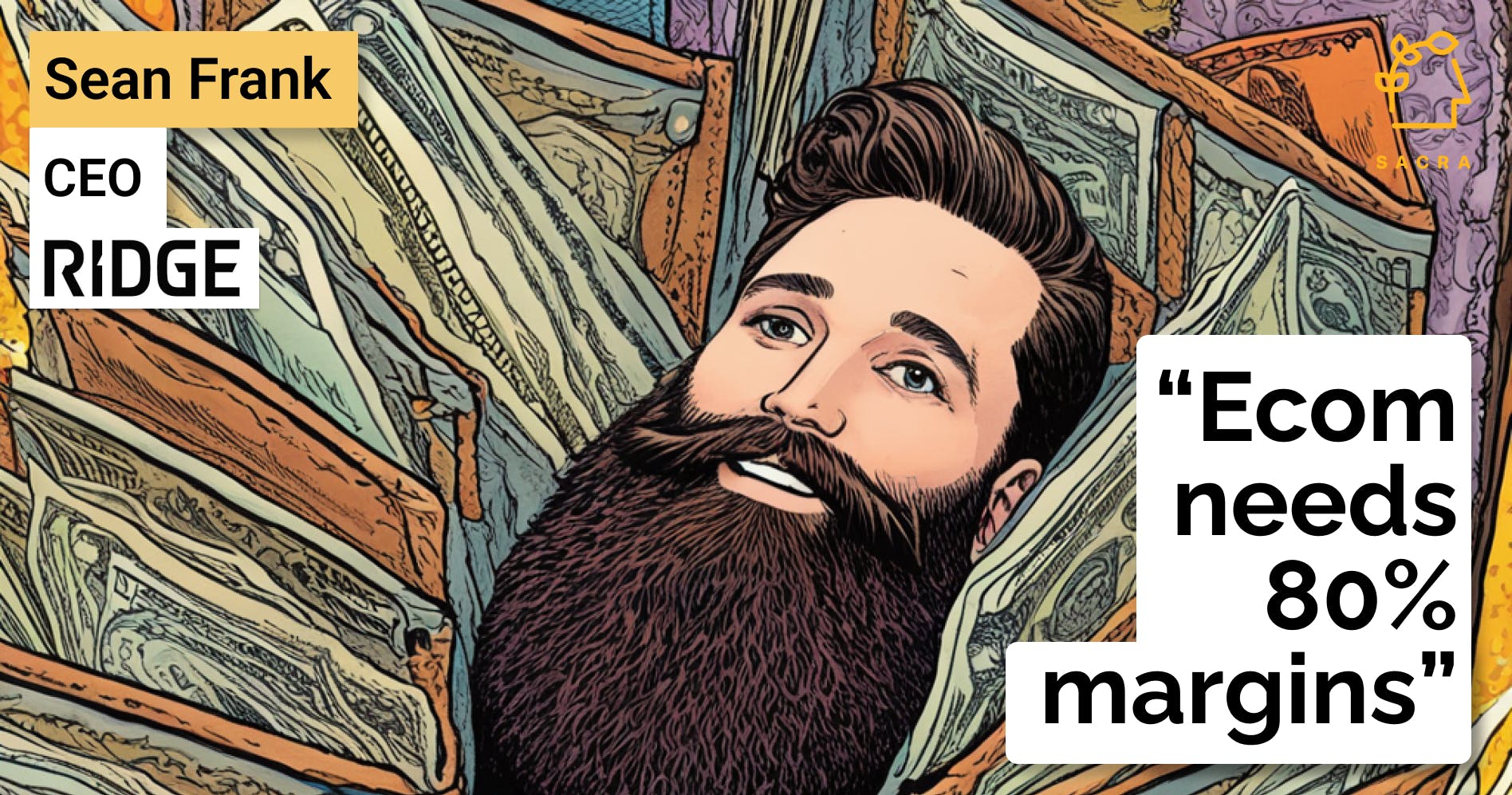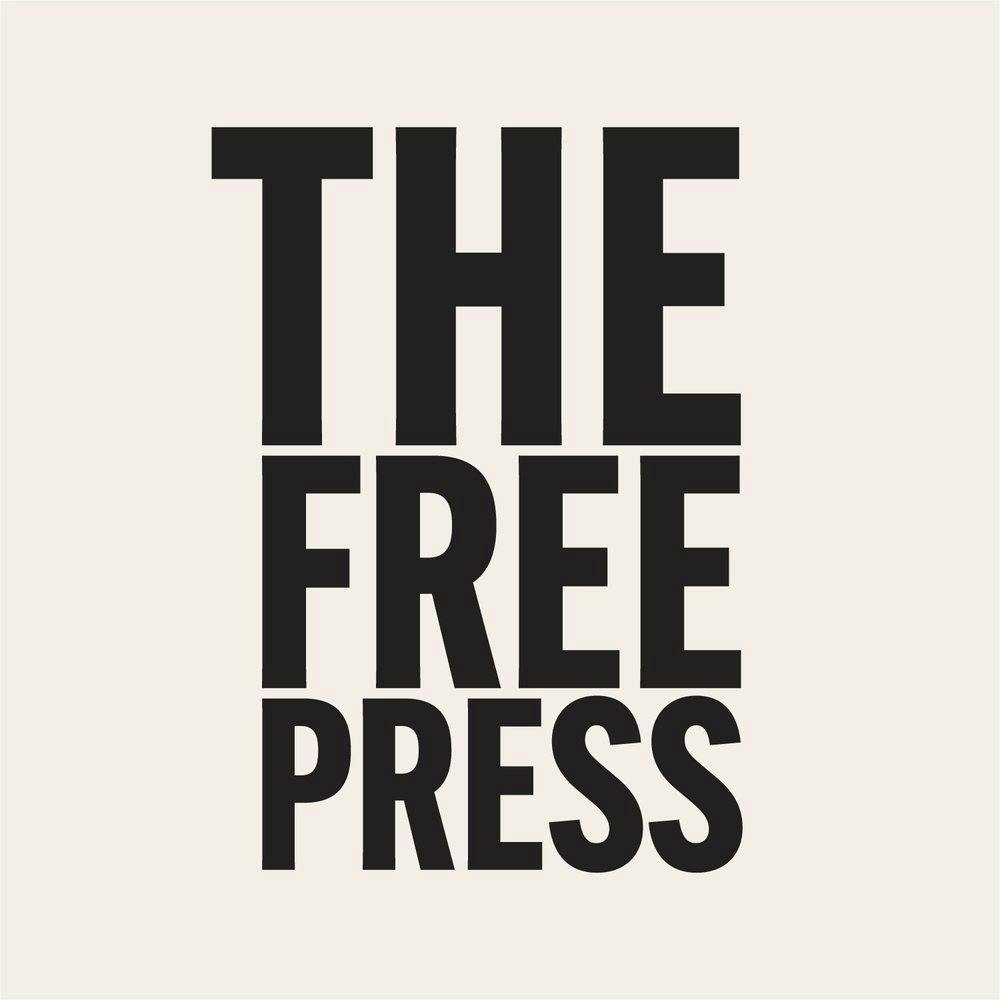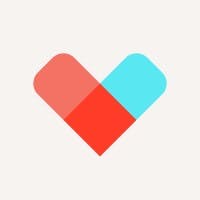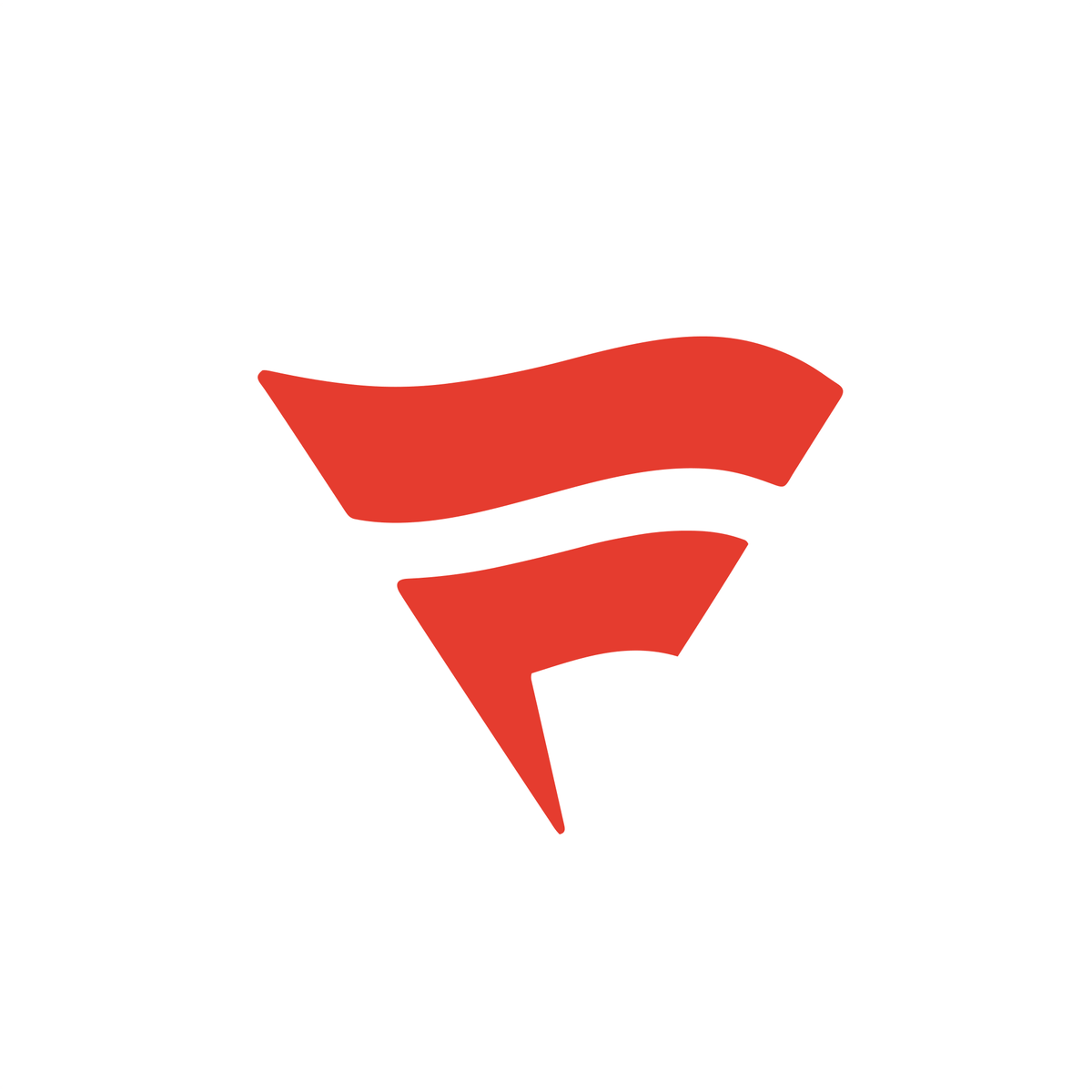Sean Frank, CEO of Ridge, on the state of ecommerce post-COVID
 Jan-Erik Asplund
Jan-Erik Asplund

Background
Between COVID supply shocks and the decline of consumer spend, ecommerce companies have faced brutal headwinds in the last few years. We reached out to Sean Frank, CEO at Ridge, to understand how brands are navigating it.
Key points from our conversation via Sacra AI:
- Pre-2022, Facebook ads were cheap and effective, allowing D2C ecommerce companies to thrive with lower gross margins—like Away, which built luggage for $150 and sold it for $300—but that strategy has been undone as Facebook ads have gone from $0.20 per click to $2.50+. “I would love to sit here and say that there's other places to spend money, but it's a duopoly for a reason. Facebook will still get the majority of our spend. Google will still get the second-largest bucket of spend, and then, there's a long tail of third tier advertisers—the Reddits, the Twitters, the Snapchats, the TikToks.”
- The 2022 decline in consumer discretionary spending, coupled with rising digital ad costs, forced ecommerce companies to get leaner: successful brands now aim for sub-20% cost of goods sold (COGS) and around 80% gross margins to free up enough money for marketing. “Simplest way is to charge more. If you're charging $50, charge $75 and just move that AOV up as much as possible. Then, the hard way is going back to suppliers, re-engineering things, finding ways to get creative in importing and logistics and that type of stuff.”
- Post-COVID, ecommerce brands are future-proofing against supply shocks and geopolitical tensions by moving their manufacturing to the US, like Ridge is doing with their in-progress factory in Arizona. “It's just been a very hard four-year sprint if you're in the physical goods industry. If you're making things abroad, if you're shipping them from China to the US to customers… [also,] a lot of private equity sellers don't want to buy Chinese-dependent companies, so you should just try to not be as dependent on China as you were in the past.”
Questions
- Tell us how you ended up from having an agency working with Ridge to becoming a CEO there. What was the alignment of visions between you and the founding team of Ridge?
- 2022 was tough for some ecommerce companies both with regard to the supply chain and people just spending less money online. It seems like Ridge still grew a fair amount up to over $100 million. Structurally speaking, what positioned you to weather that storm? What was 2023 like?
- You've made this point that the margin profile you need to have in ecommerce to succeed has changed from 60 to 80 percent, now. Why is that important? How have you been able to increase your margins over time at Ridge?
- How has your spend there changed? Since we last spoke, TikTok has really blown up in the States. You do a lot of influencer stuff but are you moving away from paying per click? Are you changing the spend breakdown—like bringing the Google, Facebook spend down?
- There are eight people at Ridge working on the influencer deals. Can you talk about the workflow—what it involves, finding influencers, setting up deals? How are you tracking metrics? Have you considered influencer marketplaces like Collabstr?
- With regard to the data collection, data scraping part of it, what is the profile of creator that you're looking for? Is it among micro influencer, bigger names? How do you think about who would be a good influencer for Ridge?
- For the Ridge tech stack, what SaaS tools or services do you use to run the business? Shopify is one. Can you tell us more about that? To what extent do you think that tooling gives you sort of leverage as an ecommerce brand or how important it is?
- Are you finding that there's roughly feature parity, or are there some trade-offs that you are making downgrading from a Klaviyo to a Sendlane?
- We've written about Amazon and the dichotomy of independent merchants selling through Shopify vs. Amazon. There’s some fear that if you sell through Amazon, Amazon's going to private label your products. You sell on Amazon quite freely, it seems. What’s your take on why it's worthwhile to sell through Amazon? Strategically, how do you approach selling through that channel?
- You are opening up a factory here. Does that have anything to do with that? How about moving manufacturing to the United States, or at least final assembly—do you have a benchmark for when it makes sense for an ecommerce brand to invest in a factory?
- You alluded to this idea of expansion from wallets into rings, watches, luggage. How do you think about the categories you expand into? Do you have anything in mind for the future there?
- That's charting the path from, I think you mentioned $200 million this year. Is that charting the path to a billion dollar revenue business or more than that?
Interview
Tell us how you ended up from having an agency working with Ridge to becoming a CEO there. What was the alignment of visions between you and the founding team of Ridge?
Ridge was started by a father, son, best friend, and they're very product-first and product people through and through. They made a great product and were internet competent. They set up their own Facebook ads and built their Shopify website, but they didn't really love that part of the business and they really didn't want to manage anybody.
My cofounder, CMO, and best friend Connor and I owned an agency that did Facebook ads—creative type of stuff. I was really young. They were really young. I had 10 clients, most of whom you've never heard of. Ridge was the rock star client. They were doubling every single year and the unique thing is they just didn't want to become managers. I'm like, “Hey! You need a logistics person. You need a customer service team. You need a web team.” They're like, “We'll just pay you. You do that.”
So we turned from a Facebook ad agency into an everything-ecomm-agency. I had 25 employees, all of them working almost full-time at Ridge, and then it just made sense to merge. They couldn't sell their business without a team—it's really hard to sell agency businesses, and we were already working so closely together—so, it just made sense to just fully integrate.
I sold the current client list and some of the people who were with the agency didn't want to go over, so they went to run it by themselves. Then 23 of the people came in-house at Ridge which went from three employees to 25, 28 just overnight. That was in 2018.
We've been running it ever since. It’s still privately held; never raised any money. Marques Brownlee is on the board and that’s the only outside person we've led into the business. We'll do $200+ million this year profitably, mostly in wallets, but also in rings and carry-ons and whatever else.
2022 was tough for some ecommerce companies both with regard to the supply chain and people just spending less money online. It seems like Ridge still grew a fair amount up to over $100 million. Structurally speaking, what positioned you to weather that storm? What was 2023 like?
We were able to have a good 2022. It was by far the hardest year we've had in business and I think really, it's just compounding the past four years—2020 was weird, 2021 was weird, 2022 was weird, and 2023 was actually pretty normal, but 2024 looks weird again. It's just been a very hard four-year sprint if you're in the physical goods industry. If you're making things abroad, if you're shipping them from China to the US to customers, it's just that the whole digital ecosystem has been disrupted time and time again in a very short amount of time. That's been pretty difficult.
Why were we successful in 2022? It's because we weren't doing a lot of "normal" stuff, pre-2022. So my C.M.O., Connor, says we were playing with ankle weights. We didn't launch a lot of products before 2022. That was the first year we launched AirTag products and key cases and whatever else. So we got to $100 million without doing a lot of the basic stuff—color launches, that type of stuff.
We were already set up in international markets. In 2022, when the U.S. business started to look more challenging, we just pivoted to international markets. We never did wholesale really at all until 2022, and we just had a lot of growth in non-dot com, non-ecomm channels. So 2022 was definitely hard. Also, it was really hard because ecomm is, in general, discretionary spending. And that’s when the war in Ukraine started, gas prices went up, and it ended up being a six month tax on discretionary spending. Q4, did really, really strong.
Then, 2023 was awesome. I think all the VC dollars pulled out. Facebook ads got really cheap. 2023 was the best year of this business.
2024, who knows? We'll see where it shakes out. I thought it was going to be more like 2023, but the current CPM landscape looks just like 2022.
You've made this point that the margin profile you need to have in ecommerce to succeed has changed from 60 to 80 percent, now. Why is that important? How have you been able to increase your margins over time at Ridge?
It's important because the cost of digital advertising isn't going down. Facebook is not an omnipresent god. It's a publicly traded company, and they've already added everyone they were going to add to the platform, and now, they're just going to charge more for clicks. We've seen that you can plot out cost per click over time. That's gone up from 20 cents in 2015 to two and a half dollars.
Do you think cost per click will ever go down? I don't think it will ever go down. So we've already seen the threshold of what it takes to be successful in ecomm go up, and up, and up. It used to be that you can have a $20 item, then a $40 item, then a $60 item. Now, I think, you need an AOV over $150 to really be growing.
When I talk about margin, I really talk about the contribution margin. Like how much revenue can you spend on ads? You just have to minimize what's going to fix costs. The best publicly traded company from a margin standpoint is Hermes. They're at 77 percent gross margins fully baked in so they have cost of goods, cost of fulfillment, and cost of sale in there, which is payment processing and whatever else. When I talk about 80 percent margins, I really just mean cost of goods. Your cost of goods need to be sub 20 percent, and it used to be that like Away—they would sell a carry-on for 300 bucks, it cost them 150 bucks to make, that just doesn't work anymore because there just isn't enough dollars going to the marketing machine.
So, how can you increase your margin over time?
Simplest way is to charge more. If you're charging $50, charge $75 and just move that AOV up as much as possible. Then, the hard way is going back to suppliers, re-engineering things, finding ways to get creative in importing and logistics and that type of stuff. But yes, the reason why Ridge continues to thrive and continue to grow is—we'll put up 50+ percent year-over-year growth—because we are hyper focused on how we can free up more dollars for marketing.
At the end of the day, if you're a brand, you're just an attention machine and you have to pay for it, or you have to be like Liquid Death and get it for free. It's very difficult to survive without just getting attention.
How has your spend there changed? Since we last spoke, TikTok has really blown up in the States. You do a lot of influencer stuff but are you moving away from paying per click? Are you changing the spend breakdown—like bringing the Google, Facebook spend down?
I would love to sit here and say that there's other places to spend money, but it's a duopoly for a reason. Facebook will still get the majority of our spend. Google will still get the second-largest bucket of spend, and then, there's a long tail of third tier advertisers—the Reddits, the Twitters, the Snapchats, the TikToks, and we can talk about TikTok's rise.
Their revenue is still only going to be $10 billion this year, which is I think less than Amazon's ad revenue. Amazon will do 30 billion in ad revenue this year. So it's still a decent channel for us, but talking about them in the same breath as Facebook just is five years away, 10 years away.
There are eight people at Ridge working on the influencer deals. Can you talk about the workflow—what it involves, finding influencers, setting up deals? How are you tracking metrics? Have you considered influencer marketplaces like Collabstr?
Yes. We looked at a lot of influencer marketplace software. Almost all of it is more cumbersome and more difficult to use than our current method.
Our current method has changed a little bit, but the bulk of it is we pay a data scraping team. Essentially, they're just generating leads. All of the influencers we want to work with, they have their contact information. Either you DM them on Instagram from a brand account or you get their email, link in bio, or through a manager or through YouTube which has a business email button. Then we build a little lead profile—what their channel is, what their niche is, what their average views are etc. That's all paid to a data scraping team.
They get 10 to 25 cents a lead or whatever, and then we just email them and we say, “Hey! We're Ridge. Here's the people we've sponsored in the past. We want to work with you. Here's typically what we offer for your type of channel.” And then, we just do that at mass. We reach out to 500 or 1000 people a day across a bunch of different platforms. You just negotiate, and that's all done in inbox.
We've used Grin, we've used Creator IQ, and these other softwares, and the problem is, one, their contact information is not up-to-date. They don't have a good data team actually bringing in new influencers, making sure the influencers' contact information is correct, and the response rate is really low because of that. Their whole idea is that the influencers are in-platform and you make deals inside this platform, and it's just not true. They don't have a good opt-in rate from the influencer side.
Two, it's just a really expensive, really cumbersome way to email people. So “If they're not responding in platform, contact them.” It's like five different clicks when our team can get it done just way simpler. You're paying for a UI and it's just friction on top of what we're already doing. I don't like any of that software.
With regard to the data collection, data scraping part of it, what is the profile of creator that you're looking for? Is it among micro influencer, bigger names? How do you think about who would be a good influencer for Ridge?
We'll work with anybody. At the end of the day, we're just trying to get reach. We prefer YouTube as our platform of choice, but we'll work with anybody across any niche.
Wallets are pretty ubiquitous. Most people have one, most people buy one. So we don't really have the content audience match problem. If you're a Squarespace or whatever, maybe you want more tech-focused channels or business-focused channels, but we can basically work with any niche.
We do have deeper integrations with larger influencers like Marques Brownlee or JerryRigEverything, where we'll work with them on a video and we'll get ad rights to that video. That's probably the bulk of our spend. But in terms of integrations, it's less than one percent because those are special deals with highly recognizable people.
For the Ridge tech stack, what SaaS tools or services do you use to run the business? Shopify is one. Can you tell us more about that? To what extent do you think that tooling gives you sort of leverage as an ecommerce brand or how important it is?
Yes. Shopify is still the gold standard in terms of being an ecomm brand. I think when they got started, they were really going after small, single million brands, like one million, five million in revenue, whatever. But they really focused on growing out their enterprise side of their business. I have friends' brands who do $500 million+ on Shopify as the only solution. They've done a good job of moving up market. I don't think I see anybody challenging them meaningfully in the short- or long-term.
But where there are a lot of challengers is in all of the Shopify SaaS support like we saw Klaviyo go public. We were on Klaviyo for 10 years. We just left because Klaviyo wants to charge more than Shopify, which makes no sense. So you're capped where Shopify has a thing where they'll only charge you 40K a month. That's their top billing rate. There's a variable fee. There's all these different types of things, but the top billing, they'll charge anybody is 40K a month. Klaviyo doesn't have that. Klaviyo was trying to charge 10, 15, 20K a month, and I think Klaviyo has really failed to move up market in the same way. You can look at their adoption rate of people who have email and also use SMS, and it's really pitiful the way they've been able to move up market. We don't think we're going to evaluate Klaviyo. So, we've left.
We've gone to one of these upstart challengers, they're called Sendlane, and I think, there's just tons of that happening where with the ease of copying SaaS products and with this push towards, if Shopify is leading the ecosystem and it has a hard cap on price, it's really hard to have a meaningful marketing SaaS business that can charge anything close to five, 10 grand.
So we're moving down market with all these other new upstart challengers. Same thing happened with Yotpo. They tried to charge $76,000 a year. We go to Okendo, it's $400, and now we're looking at Judge.me, which is $15 a month. All ecomm SaaS is just dropping and dropping and dropping. I think it's the worst SaaS to be building right now, in my opinion.
Are you finding that there's roughly feature parity, or are there some trade-offs that you are making downgrading from a Klaviyo to a Sendlane?
Well, feature parity. There's definitely some features they don't have, but at the end of the day, what Klaviyo does is send emails on Twilio. It's just a UI on top of Twilio and you can segment your data one way or the other. But feature parity at 90 percent, and very quickly, it'll get to one-to-one feature parity, and across the board.
The only things that are protected from that are more complex marketing analysis software. We use Northbeam, which is a multi-touch attribution tool. No one's really building cheaper versions of that because of how much data you have to process and the fixed cost of that.
Then, that's something where there's an actual network effect where if a Northbeam has $5 billion a year in spend going through it, they just know more about what's happening in the marketing ecosystem than somebody with a billion or whatever.
But it's not the same thing with a service provider, like an email provider. So the analytics tools, I think, have a little bit longer to go. Yes. We use Haus, which is an incremental spend measurement tool. They benefit from having billions of dollars in spend going through there so they can tell you if your Facebook ads are working or not at a high level. But yeah, any of the other just commodity providers I think are screwed.
We've written about Amazon and the dichotomy of independent merchants selling through Shopify vs. Amazon. There’s some fear that if you sell through Amazon, Amazon's going to private label your products. You sell on Amazon quite freely, it seems. What’s your take on why it's worthwhile to sell through Amazon? Strategically, how do you approach selling through that channel?
I think that's fear-mongering—the whole “Amazon's going to private label your goods.” I think, Amazon's private label goods, last time I heard, did $4 billion, or maybe it was $8 billion a year in revenue.
In comparison, Amazon as a marketplace has a GMV of like $700 billion. So I think Amazon internally has moved away from private-labeled Amazon goods. I just don't think the return was really there. Maybe I have the wrong number.
What I really think the problem is with Amazon is that it's not growing anymore—their GMV isn't growing. If you don't have a growing marketplace, you move into fee extraction. It is a tried and true playbook from Uber to Instacart to Amazon. So what's going to happen on Amazon is it's going to be more and more expensive to be a merchant, and they don't care because they already have five million merchants or whatever.
If they push everybody out, they could sell their own stuff. But they also don't want to, and this is another theory. They don't want to be a retailer because they make so much money. All of Amazon's profit comes from their ad units. They can't charge themselves ad dollars, so they want to get other people selling on there to compete up the ad market because that is the fastest growing single part of their business if you look at their earnings report.
So TL;DR, it's difficult to sell on Amazon. The threat of them knocking you off isn't the challenge. There's plenty of Chinese sellers and other black hat sellers who would love to knock you off. The real problem on Amazon is they will do whatever it takes to get as much money from your sale as possible.
Also, if you plot Amazon fees over time, the 15 percent hasn't really changed, but starting April 1st, they're rolling out a new fee called the low inventory fee. So you get charged for storage, you get charged for having too much inventory, excess inventory. Now they're rolling out a low inventory fee. It makes no sense. You get charged for not having units. Yeah. So that's the era we're in.
You are opening up a factory here. Does that have anything to do with that? How about moving manufacturing to the United States, or at least final assembly—do you have a benchmark for when it makes sense for an ecommerce brand to invest in a factory?
We're doing it for three reasons.
One, a lot of private equity sellers don't want to buy Chinese-dependent companies, so you should just try to not be as dependent on China as you were in the past. I think that's one lesson of the four years of the TikTok ban and everything else is.
I love China, I go there all the time. I think their culture is very similar to U.S. culture, but it's very difficult to build a business dependent on China right now. So I would try not doing that.
Two, there's a perception in international markets that they want to buy U.S. goods. I was in Japan for a couple of weeks last year, and there's entire stores and marketplaces dedicated to U.S.-produced goods. I think they like it more than even U.S. consumers do. So we're going to export U.S.-made goods to international markets. That's one of the strategies.
Three, we just got issued what's called the general exclusion order by the International Trade Commission. They've only issued 30 in the past seven years, so it's very hard to get one of these. It basically says you can't import knockoff goods—goods that violate any of our IP etc. So it was really hard to get it. Part of getting it was they wanted to see us invest in a U.S. factory. The government wanted us to do it, so we did it.
You alluded to this idea of expansion from wallets into rings, watches, luggage. How do you think about the categories you expand into? Do you have anything in mind for the future there?
Yes. We're an accessories brand. For too long, we were a wallet company. We were the only wallet company on earth. Every other wallet company is an accessories brand. So our path is if Coach sells it, we're going to sell it. That's what we're looking at.
You can go on Coach's website, they have bags, we have bags. They have belts, we're going to have belts. It's really trying to build kind of what Shinola did, like a modern American accessory brand. We're going directly after the Coaches and the Tumis of the world, and we just started with the worst category, wallets, and we have one percent of global wallet revenue.
So on the global stage, a single percentage point, I think, is fine. It's pretty big. It's great business. But now we're going to try to get one percent of all of those other categories. That's what the next five years of the business looks like.
That's charting the path from, I think you mentioned $200 million this year. Is that charting the path to a billion dollar revenue business or more than that?
Yes. Coach does $6 billion in global revenue and they do a billion in men's revenue. Our whole theory is why does Coach have any men's business? We should just do that.
The current path is, by 2026, I think we'll do $500 million. We'll do a little more than $200 million this year, and then by 2030, I think there's a clear path to a billion.
Disclaimers
This transcript is for information purposes only and does not constitute advice of any type or trade recommendation and should not form the basis of any investment decision. Sacra accepts no liability for the transcript or for any errors, omissions or inaccuracies in respect of it. The views of the experts expressed in the transcript are those of the experts and they are not endorsed by, nor do they represent the opinion of Sacra. Sacra reserves all copyright, intellectual property rights in the transcript. Any modification, copying, displaying, distributing, transmitting, publishing, licensing, creating derivative works from, or selling any transcript is strictly prohibited.






